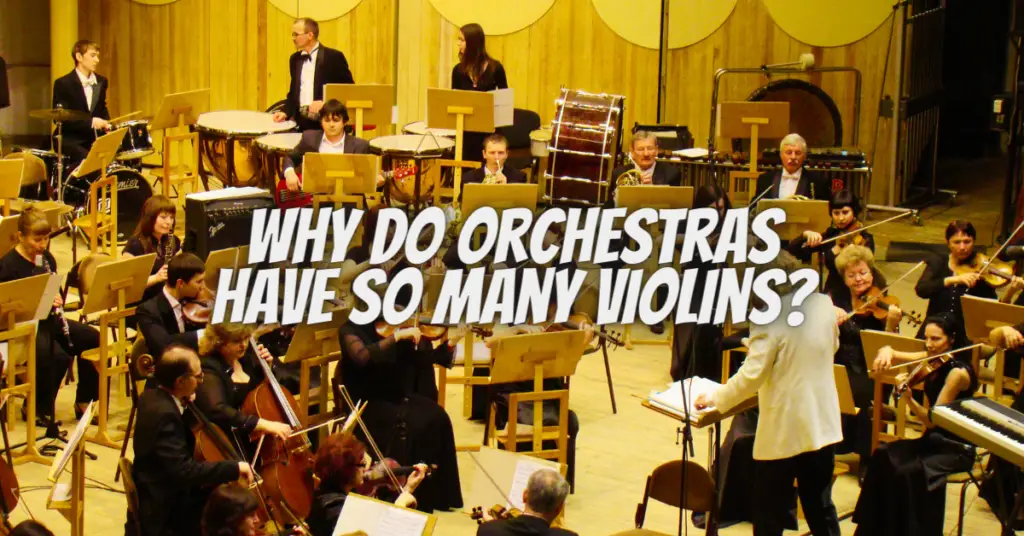When one envisions an orchestra, the mind often conjures images of violinists, their bows gracefully gliding across strings, producing a melodic tapestry that captivates the soul. The prominence of violins in orchestras is not merely a coincidence but a result of historical evolution, acoustic advantages, and the instrument’s unparalleled versatility. In this article, we unravel the reasons behind the prevalence of violins in orchestras, exploring their enduring appeal and the enchanting role they play in shaping classical music.
1. Historical Significance:
The origins of the modern orchestra can be traced back to the Baroque era, when string instruments, including violins, gained prominence. Composers like Vivaldi and Corelli composed masterpieces that showcased the expressive capabilities of violins. Over time, the violin family, including violins, violas, cellos, and double basses, became the foundation of orchestral ensembles.
2. Versatility and Expressiveness:
Violins possess a remarkable ability to convey a wide range of emotions, from delicate sweetness to intense passion. Their expressive nature allows composers to craft intricate melodies and harmonies, making them ideal for conveying the nuances of classical compositions. Violins can play both lyrical melodies and rapid, virtuosic passages, adding depth and dimension to orchestral performances.
3. Acoustic Advantages:
The violin’s tonal qualities, including its rich overtones and projecting sound, make it an ideal instrument for leading orchestral sections. When played together, violins create a lush and resonant sound that forms the foundation of the orchestra’s timbre. Their placement at the front of the orchestra enhances their projection, allowing their melodies to soar above other instruments.
4. Orchestral Balance:
The number of violins in an orchestra is not just a matter of tradition but also ensures balance and harmony within the ensemble. With a larger violin section, orchestras can achieve a fuller and more balanced sound, providing a solid foundation for other instruments and sections to weave their melodies and harmonies seamlessly.
5. Tradition and Repertoire:
Countless classical compositions, from symphonies to concertos, have been written specifically for violin, emphasizing the instrument’s significance. This rich repertoire, combined with the instrument’s historic role, solidifies the violin’s central position in orchestras.
6. Educational and Training Focus:
The violin is often one of the first instruments introduced to young musicians due to its relatively smaller size and versatility. Aspiring musicians are frequently trained in violin, leading to a continuous influx of talented violinists into orchestras, further enhancing the instrument’s prevalence.
Conclusion
The violin’s enduring presence in orchestras is a testament to its unmatched versatility, expressiveness, and historical significance. Its ethereal melodies and resonant harmonies continue to enchant audiences worldwide, bridging the gap between classical traditions and contemporary expressions. As orchestras evolve and explore new horizons, the violin’s timeless allure remains an essential thread in the intricate fabric of classical music, reminding us of the instrument’s unparalleled ability to stir the human soul and create musical magic.


